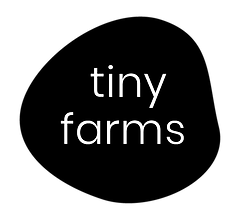Author: Elisabeth Berlinghof, Tiny Farms, and Anne Moïta Ngarboui, intern for PR at Global Bean
At this year’s Re:publica, an event in Berlin from the 8 to the 10th of June, Carla Ulrich (Tiny Farms, Slow Food Youth), Sofia Elisabeth Berlinghof (Tiny Farms, Slow Food Youth) and Ekkehard Spiegel (Weltacker/Global Field, and Global Bean) held a workshop on “Leguminati Calling: The solution for the food of the future lies in legumes” as part of Our Food our Future.

In addition to trying out legume snacks from Benedikt Sprenker, Hülsenreich and Bohnikat, the workshop also worked on the foundations for a digital legume map that is to be created with Slow Food. The aim of this map is to facilitate the link between legume producers and consumers in a given area. Indeed legumes – i.e. beans, lentils & Co – are underestimated heroes in the field. They enrich the soil, reduce our need for industrial fertilizers, provide us with low-resource-costly protein and taste delicious too.

It was the first re:publica event in two years, and many visitors came to the workshop. According to Ekkhard Spiegel, it was a great to be able to exchange on legumes with the public, and the setting really enabled to have engaging conversations. Many had previous knowledge, and were really invested in the topic.
Important questions are: which legumes are growing around us? What does bean diversity taste like? And what would help us, on a map, to eat more local legumes?




